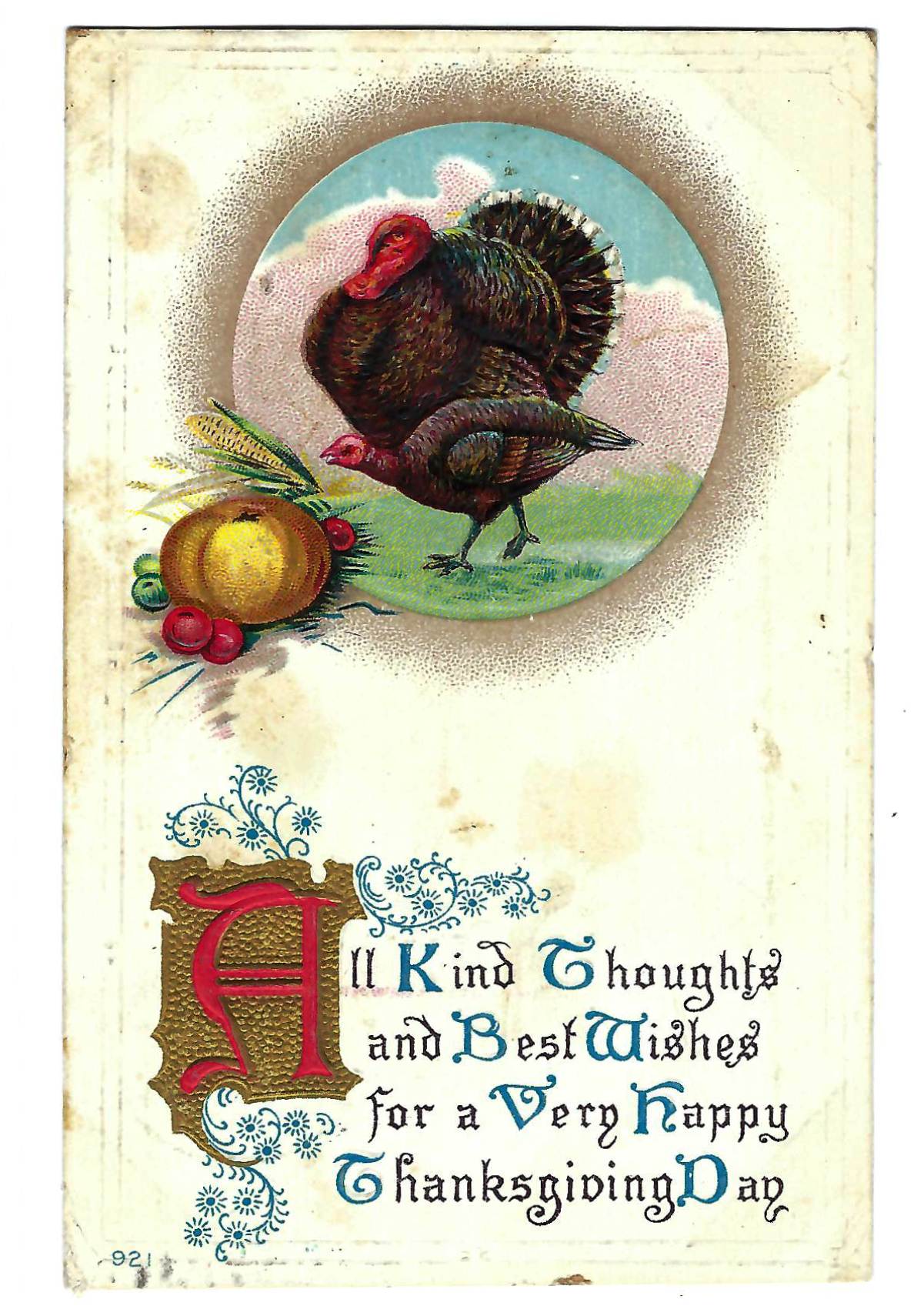By Michael Bushnell
Northeast News
May 6, 2015
In January of 1859, the town of Wyandot was incorporated and two streets were cut across what we now know as the Huron Indian Cemetery. An 1857 plat-map shows those two streets to be Minnesota Avenue and Seventh Street. Created 17 years earlier, the cemetery was the site of hundreds of Indian interments, according to historians. The graves, however, are unmarked and impossible to find since no tombstones were placed in those days.
Over time, the Wyandot Nation has had to defend their sacred land against the encroachment of developers on repeated occasions — often with violent results. The cemetery sits on prime development ground in the heart of downtown Kansas City, Kansas.
As the town grew, the land became more valuable to those wishing to make their fortune in the land speculation game. The cemetery, however, remains largely intact today due to the efforts of the Conley sisters who, in 1906, established Fort Conley on the grounds of the cemetery to protect it from marauding land developers seeking to displace the graves and develop the site. The sisters padlocked the front gate of the fenced cemetery and hung a sign reading “Enter at your own peril.”
A local newspaper interviewed Miss Lydia Conley who said, “in this cemetery are buried 100 of our ancestors. Why should we not be proud of our ancestors and protect their graves? We shall do it, and woe be to the man that first attempts to steal a body. We are part owners of the ground and have the right under the law to keep off trespassers, the right a man has to shoot a burglar who enters his home.”
In 1909, Miss Eliza Burton Conley became the first woman of Indian decent to argue — and win — a case in the United States Supreme Court.
The suit, filed by the sisters, sought to have the sacred grounds protected from disturbance. The ruling by the high court is said to be one of the most sympathetic in history. When her sister Helena died in 1956, she had the epitaph “Floating Voice” carved into her tombstone. Below it reads, “Cursed be the villain who molests these graves.”
The cemetery was registered as a National Historic Landmark in 1971.
This card, published by the Webb-Freyschlag Company of Kansas City was sent to Miss Jesse Yoakum, 936 Kansas Ave., Kansas City, Kan. Obviously, postal carriers were a bit more staid in those days as the message refers to an appointment the writer had with the recipient on that very day. The message reads: “Dear Jessie, I won’t be over to take my lesson today. Will be over next week. Did you have your piano stored or not? Lloyd is home for his vacation, just looks fine. Don’t forget William Tell Overture. With lots of love, Grace Roark.”
The card was mailed on July 14, 1909.




















